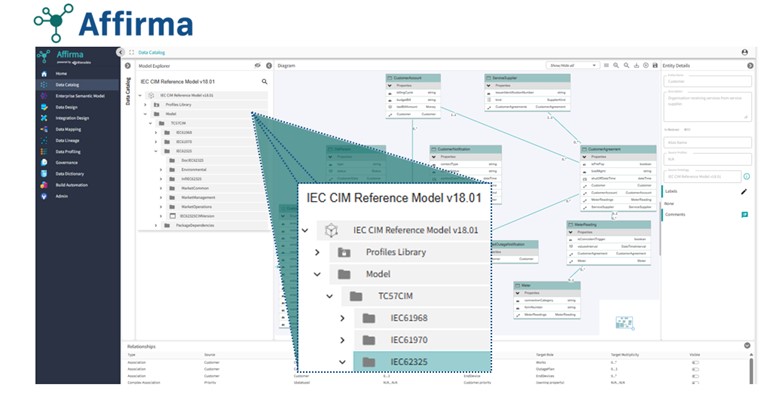The CIM User Group Australia 2023 conference focus was centered around “CIM the Development, Growth, and Acceptance of a Standard.” Participants from various organizations and sectors from Thailand, Australia, Malaysia, New Zealand and other countries in the region gathered to explore and discuss the application of CIM in their respective fields. The event kicked off with CIM University, where attendees had the opportunity to attend classes and deepen their understanding of CIM and its practical usage.
The Common Information Model (CIM) is an electric power transmission and distribution standard developed by the electric power industry. It aims to allow application software to exchange information about an electrical network.
The CIM is currently maintained as a UML model, and it defines a common vocabulary and basic ontology. CIM models the network. The CIM can be used to derive ‘design artifacts’ (e.g., XML or RDF Schemas) as needed for integration with related application software.
“Affirma not only supports the use of the CIM for the Electric Utility Industry but also supports other industry standard data models, such as the SID by TM Forum for telecommunications, or the BAIN model for the financial sector.”
One of the standout memories from the conference was the discussion surrounding Affirma. It was revealed that Sparx Enterprise Architect, which is used by the user group to maintain the CIM standard, was no longer able to support some essential functions of CIM with its recent release. Affirma can support these functions and much more!

Affirma emerged as a managed solution that effectively supports both the CIM model and the implementation of CIM, both for application integrations and for data stores.
The announcement that Xtensible would be integrating Affirma with the OpenGrid Symphony solution created a buzz of excitement. Affirma’s role in the design of the Network Model Management System (NMMS) implementation at Ameren, with Symphony serving as the NMMS product, highlighted the significance of having a managed and connected network connectivity model from design to implementation.
Electric utilities can now start with the CIM, and not from scratch, for metadata management and data modeling, for integration design, mappings and transformations, to support enterprise analytics.
All three packages of the CIM, namely, CIM 61970 which is an abstract model that represents all the major objects in an electric utility enterprise typically involved in utility operations, CIM 61968 for exchanging network models, and CIM 62325 related to deregulated energy market communications with versioning are supported
Affirma goes beyond the CIM and also support the utilization of other utility standards such as the IEC 61850, a standard for achieving interoperability and automation at the substation level, and OpenFMB a reference architecture and framework for allowing distributed intelligent nodes to interact with each other.



